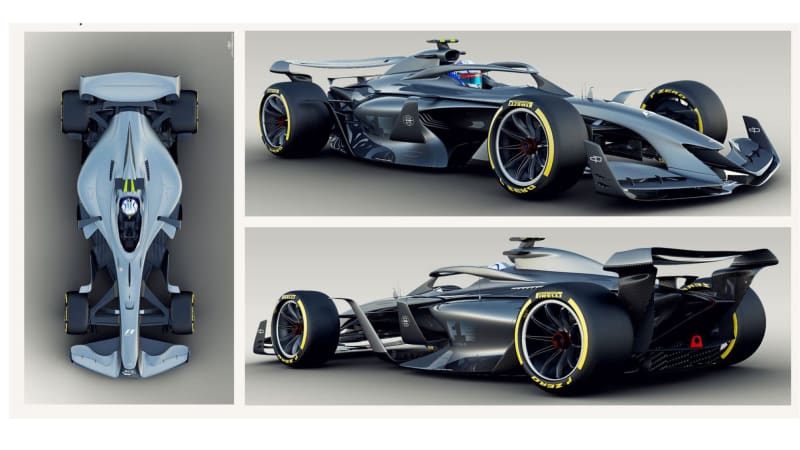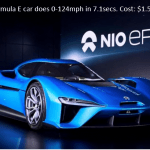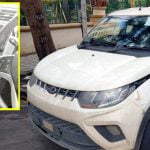
As well as having the cars look good – good enough to make it on bedroom posters – F1 boss Ross Brawn says the cars have to “race well together,” meaning that there’s downforce control to be done at design stage.
“What we established early on in our research is the cars we have now are very bad in following each other. Once the cars get within a few car lengths of each other, they lose 50% of their downforce. That’s a substantial amount of performance lost. So we set about understanding why that was and how we can improve it. I’m pleased to say we’re at about 80%,” says Brawn.
Formula 1 released these sketches of three concept stages, with the emphasis varying from integrating the halo into the design, to making the design more aggressive, to incorporating larger 18-inch wheels – something technically justified for F1 – and to airflow control.
“The tires and the wheels are the dirtiest area of the car, they cause huge disruption in the airflow,” says Brawn. “We are starting to look at devices that can stabilize the flow as it comes of the wheel. It’s maturing as we go along.” These designs will eventually lead to an agreed-upon form that will be signed off in late 2019.
And in the end, the cars have to be interesting enough to make people want to be part of F1. That also includes new teams, as well as engineers. “We want to create an environment where there is a queue of people wanting to join F1,” says Brawn. “The encouraging thing when Force India ran into trouble was that it had a number of suitors that wanted to buy it.”
“We’re short of engineers of the future. If F1 creates the passion for young people to get involved on engineering, in science topics, and technology, that’s a fantastic way of doing it”, says Brawn. “We want cars that are going to excite young people.”





